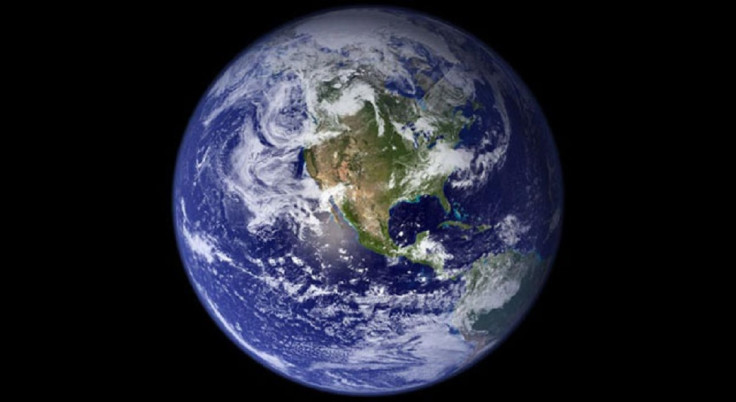Nasa's long-lost IMAGE satellite found alive after spending more than a decade in cosmic darkness
Back in 2000, Nasa launched the IMAGE satellite with an aim to study the Earth's magnetosphere and its interaction with the Sun.

A crucial Nasa satellite, which was thought to be lost due to a systems failure 12 years ago, has been discovered by an amateur astronomer.
Back in 2000, the space agency launched Imager for Magnetopause-to-Aurora Global Exploration or IMAGE satellite with the goal of studying Earth's magnetosphere and its interaction with Sun. The massive chunk of space tech, which served as a telescope, did the job perfectly early on and got its two-year-long mission extended.
However, a few years and 37 unique discoveries later, things went south and the satellite's power controller tripped, breaking the connection with Nasa. "IMAGE's telemetry signals were not received during a routine pass," the agency said in 2005, ultimately declaring the orbiter lost.
With little hope for recovery, Nasa had given up on the satellite but now, after 12 long years, an amateur visual and radio astronomer has brightened up the chances of restoring the lost connection.
Scott Tilley, who has a hobby of searching classified satellites, was scouring for the government's recently lost Zuma payload when he got signals from a satellite labelled "2000-017A". After matching the orbit of the spotted object, he was able to confirm that this was indeed the long-lost IMAGE satellite.
The satellite reactivated due to some reason and started broadcasting signals, which were heard by Tilley. He reported the finding in a blog post and suggested some of the onboard instruments of the orbiter might still be working and could ultimately help with reviving the $150m mission.
"The odds are extremely good that it's alive," Patricia Reiff, a co-investigator of the original mission, told Science Magazine. "The team is collectively holding their breath waiting for some real information exchange between IMAGE and the ground."
Though it is unclear how exactly the satellite rebooted or how good it will do if the connection is re-established, the post suggests it may have restarted by passing through the Earth's shadow, which would have drained its batteries and triggered a force-reset. "As you will note from the plots below the Sun angles are presently good for IMAGE and it may just stay operational for some time to come," Tilley wrote.
Scientists are working to check the instruments and determine if anything could be done to restore the connection, but if that happens, the revived satellite could make history by coming back into action and making some critical findings for Nasa.





















